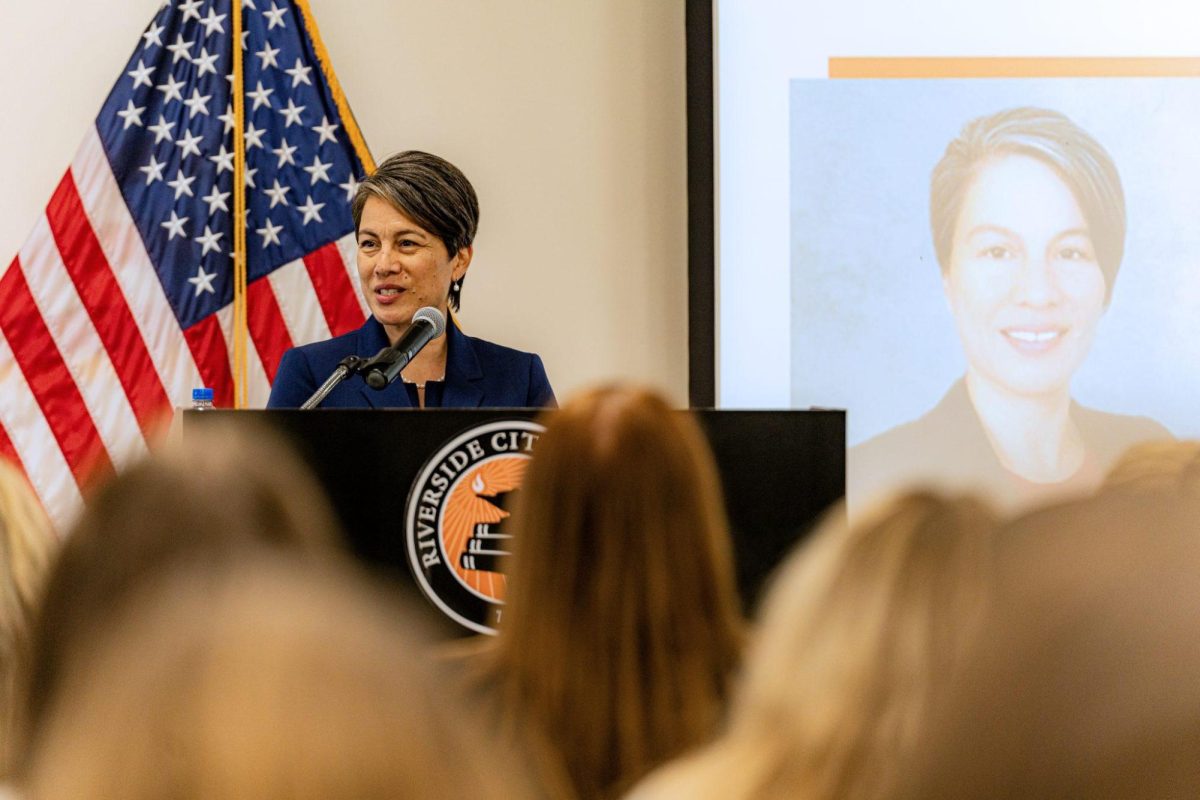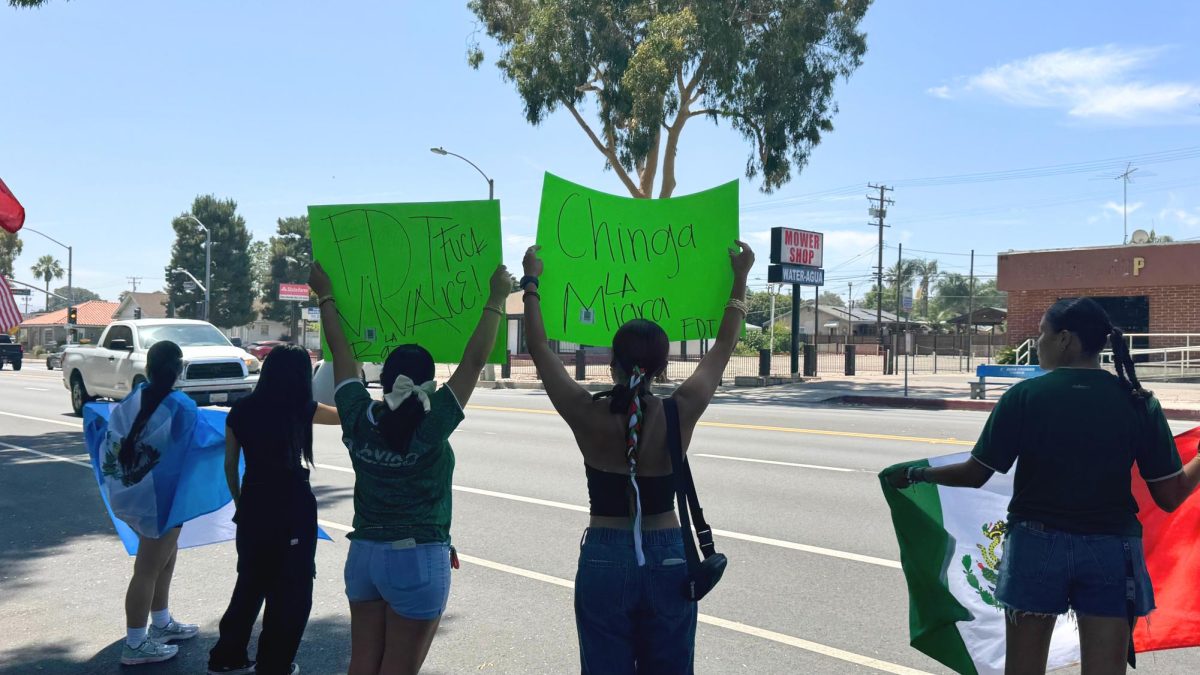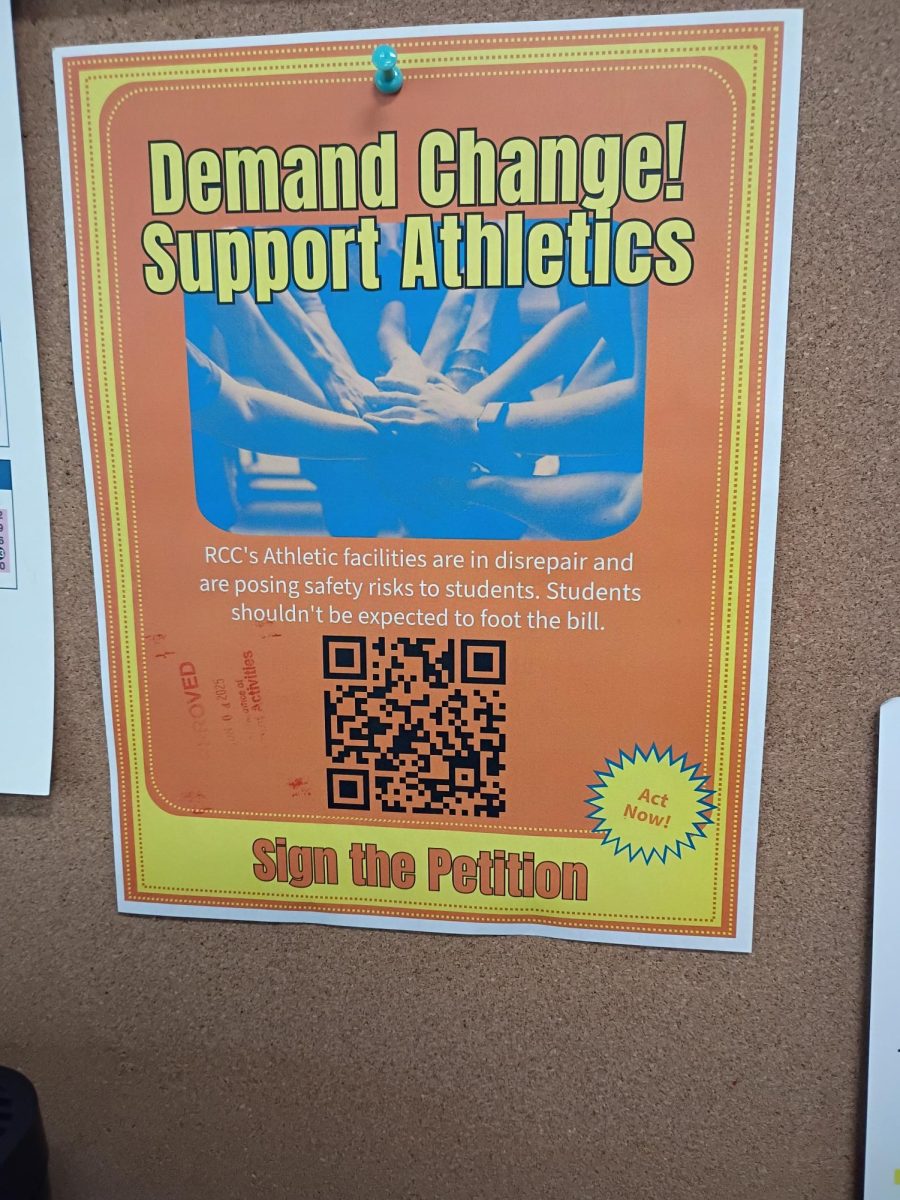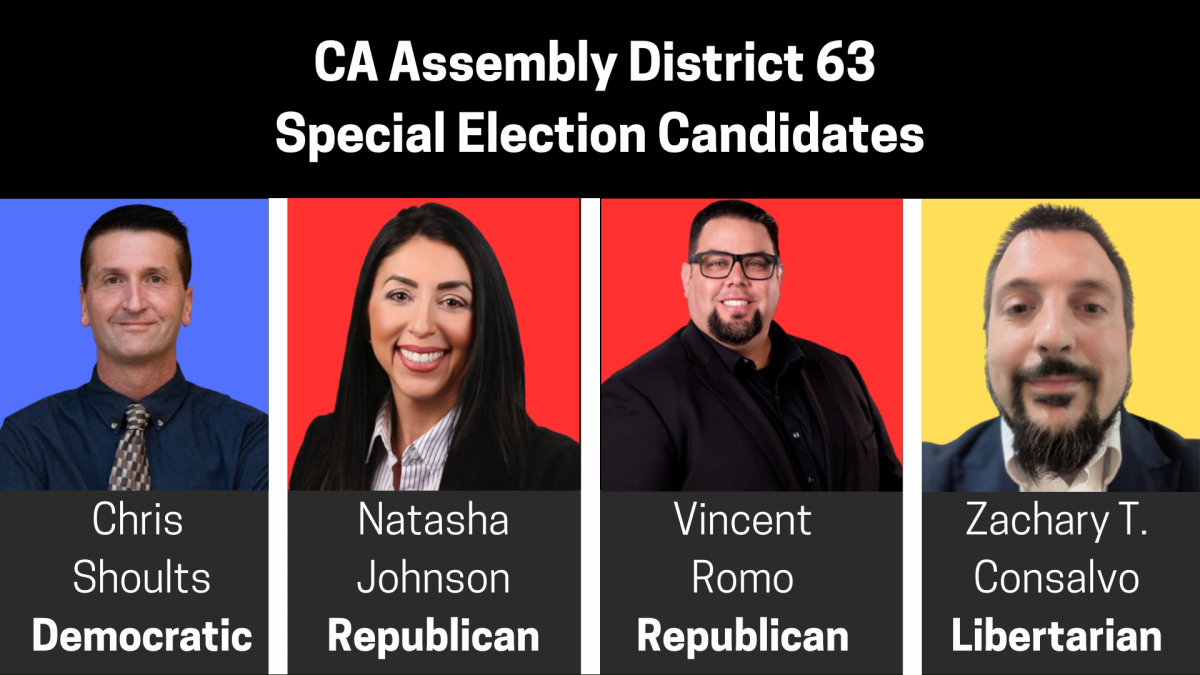Posted Dec. 3, 2014 | Printed Dec. 1, 2014
Caitlin MacDonald | Assistant News Editor
Riverside City College’s Interim President Wolde-Ab Isaac is introducing the Student Success and Completion Pathways Plan which is designed to speed up the rate some students move from community college to four-year universities.
The plan is scheduled to launch at RCC in fall of 2015.
The goal of this new program is to “reduce time for remediation and shorten time for graduation,” explained Isaac. “96 percent of our incoming students are not college ready in math. Only about 17 percent are college ready in english. Every fall semester our student population is about 20,000. Of those 20,000, less than 4,000 are new students.”
Because the cap for funding from the state is fixed, it is not possible for all students to get all the classes they need every semester, according to Isaac.
It is taking too much time for students to finish community college requirements, move on to university and become whatever profession he or she wants to become, he said.
There is also a major financial impact caused by so many students remaining clogged in the community college pipeline for five, six, seven years or longer.
“The economic impact of creating a fast moving, highly successful pathway (through college) is multi-fold. If a student who graduates in six years is graduating in two years, then the cost per degree is reduced to one third of the original cost,” Isaac said. “The money saved can be used for other students because it cuts down the cost for those already enrolled by helping them graduate faster. By moving students out in only two years, we’ve created space for new students to come in.”
Nearly two thirds of students at RCC require financial aid.
“By helping student move to university within two years, we are actually empowering the community. It’s one of the best ways to help people move out of poverty,” Isaac explained. “That is our job. To uplift and strengthen the economic, well-being and quality of life of the community that we serve.”
Isaac explained that The Student Success Program is broken down into a “1+2+2 system.” Students will complete their remediation classes in a maximum of one year. The program will then guide them through completion of their associates degree and on to transfer to a California State University to earn their bachelors degree within two more years. Instead of spending years in the community college system, students will have the ability to earn their bachelors degree within five.
Often, students begin their college careers without enough clear, structured guidance about which courses or programs to take that will lead them where they want to go scholastically and professionally. It is not uncommon for students to get off-track from courses they need by enrolling in countless electives or courses that are not necessary to achieve his or her goals. The extra classes certainly rack up college units but, according to Isaac, can leave the student stagnant in their academic progress, keep them in community college longer and is a financial drain on the student, college and the community as a whole.
RCC is also trying to be preemptive by introducing the Student Success Program while students are still in high school.
“We are talking very much with the (high) school system,” Isaac said. “We are creating, articulating, designing courses high school students can take to help them reinforce their English and math so that we can reduce time for remediation. By the time students come to us, they will require maybe one semester to get up to college level and move on.”
High schools would be able to do this by creating a system that is “cohort based and block-scheduling led.”
Instead of throwing the student into the confusing rapids of college course selection, which is often when students lose sense of direction, Isaac explained that block-scheduling helps create a mapped out structure of the path each student wishes to take. For example, if a student wants to become a journalist or a teacher, the pathway clears a direct highway to that goal.
“The road is mapped out so the student knows exactly where to go every year and the courses will be reserved – they will have priority registration,” Isaac said. “Students won’t have to spend time hunting for courses and it’s totally structured. That, is what the pathway system does.”






